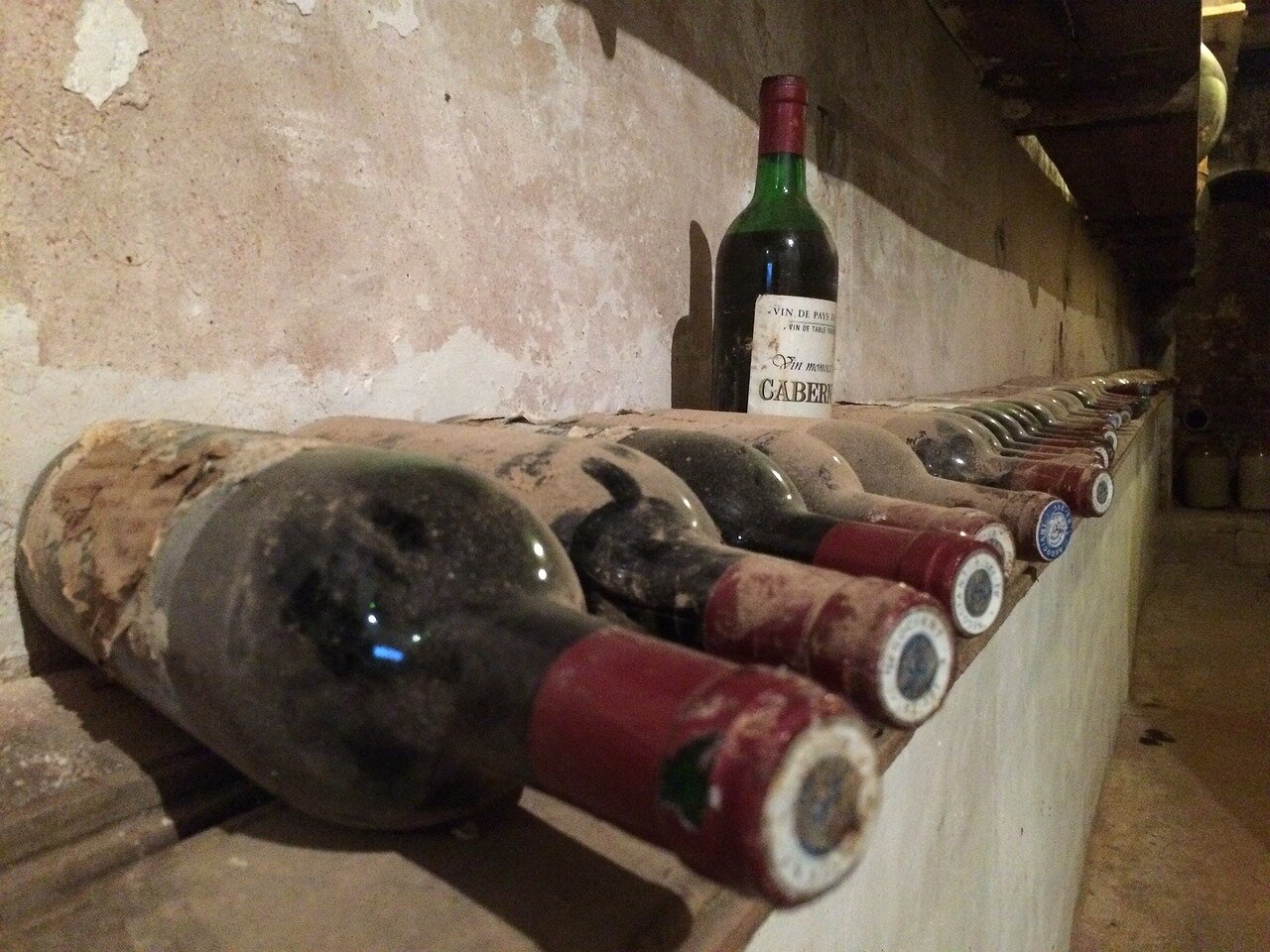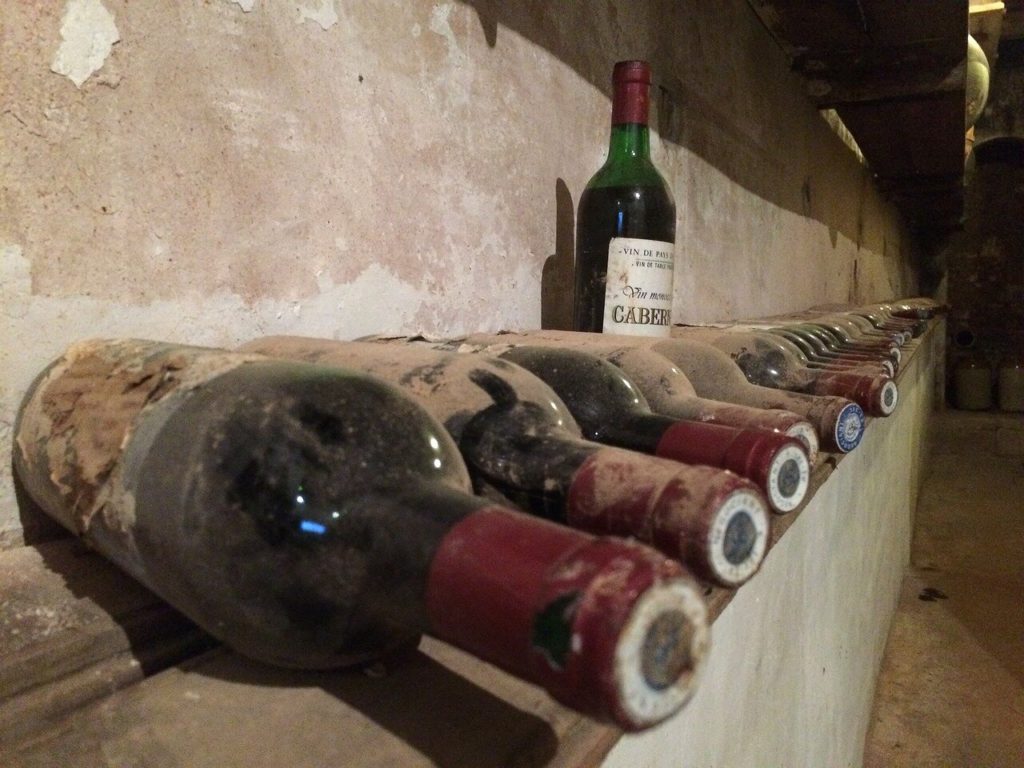
Dear reader,
Every wine that is bottled is already good to drink, right? But the few wines that hold tight with time or develop new nuances, thereby improving in terms of quality and complexity, are very interesting to preserve for years on.
***
As you may know, around only 5% of the wines produced in the world are meant to grow in quality as they age. That is the case of the fine and rare wines we offer at Alti Wine Exchange.
Even if you don’t plan on letting a few bottles rest to improve, you can cellar them to maintain their finest traits for some good years – storing them under cool, specific conditions we showed some time ago.
What makes a wine good to be cellared and improve in the bottle?
The preservation of wines in bottle depends not only on quality of wine, but the ratio of sugars, acids and phenolics to water. Anyway, many other factors can come into play too, such as extent of maceration and amount of filtering (which might reduce tannins, thus risking its aging potential).
It’s not an exact science, but a few common traits will help you identify the age-worthiness and cellar potential, aspects that are crucial about fine wines. As we fully went through in a specific post, they include:
-
Quality traits (terroir, complexity, length)
-
Acidity, phenols, sugar
-
Good storing conditions
Besides the abovementioned characteristics, the aging potential of each wine in bottle depends on what we want from the wine.
Let’s get to it.
How long to store each wine for more complexity
Do we want to add complexity, let it develop secondary aromas? Sometimes we can get even the opposite way: while older, high-end Burgundy (Pinot noir) are rounder, more structured as years go by, younger reds are bolder and more fruit-forward as they’re young. Or if you want to wip your wine looking for its acidity, it’s better to enjoy sooner, as it will soften with time.
On the other hand, tannin-packed red wines develop more secondary and tertiary aromas and soften with the years. For instance: finer Cabernet Sauvignon, Bordeaux blends, Syrah, Douro, Tannat. It surely gives them a new perspective, less aggressive for some.
Here are Jancis Robinson‘s overall estimates for some among the most celebrated age-worthy wines and their cellaring potential of reaching their peak:
-
Botrytized wines such as Sauternes, Eiswein (5–25 yrs)
-
Chardonnay (2–6 yrs)
-
Riesling (2–30 yrs – more for the botrytizeds, such as Beerenauslese)
-
Loire Valley Chenin blanc (4–30 yrs)
-
Cabernet Sauvignon (4–20 yrs)
-
Merlot (2–10 yrs)
-
Nebbiolo (4–20 yrs)
-
Pinot noir (2–8 yrs)
-
Sangiovese (2–8 yrs)
-
Syrah (4–16 yrs)
-
Zinfandel (2–6 yrs)
-
Classified Bordeaux (8–25 yrs)
-
Grand Cru Burgundy (8–25 yrs)
-
Aglianico (4–15 yrs)s)
-
Spanish Tempranillo (2–8 yrs)
To which we can add too:
Vintage Champagne, which can be cellared for well over 10 years. Fortifieds, such as vintage Ports (20–50 yrs and even more, such as our very old Port from Quinta do Vallado and Moscatels.
Check out also what Wine Folly recommends:
On how to cellar
For our pro tips on how to cellar wine, we have a post that will guide you through the basics. But remember to always follow a few steps:
-
Cool, stable temperature
-
Bottles laid down
-
Dark environment
-
Good humidity
-
Avoiding too much vibration
Building a wine cellar to keep your finest age-worthy wines, such as the ones we offer on our exchange, is an almost impossible task unless you have space and the conditions to maintain your bottles under cool temperature, steady humidity and all surrounding things.
That’s also why most of our proud fine wine investors have been opting to maintain the age-worthy bottles they purchase on our platform and marketplace bonded in our partner Bordeaux City Bond, where the best conditions are ensured for fine wines to age under the perfect conditions and reach their full expression in the long term and be tasted or re-sold later on (read our FAQ to know more).
***
As we said a while ago: no use in keeping a wine that’s not age-worthy at home for years and years. If a wine is not meant to develop its finest qualities as time passes, drink it sooner rather than later!
Until next time.
More you might want to read
